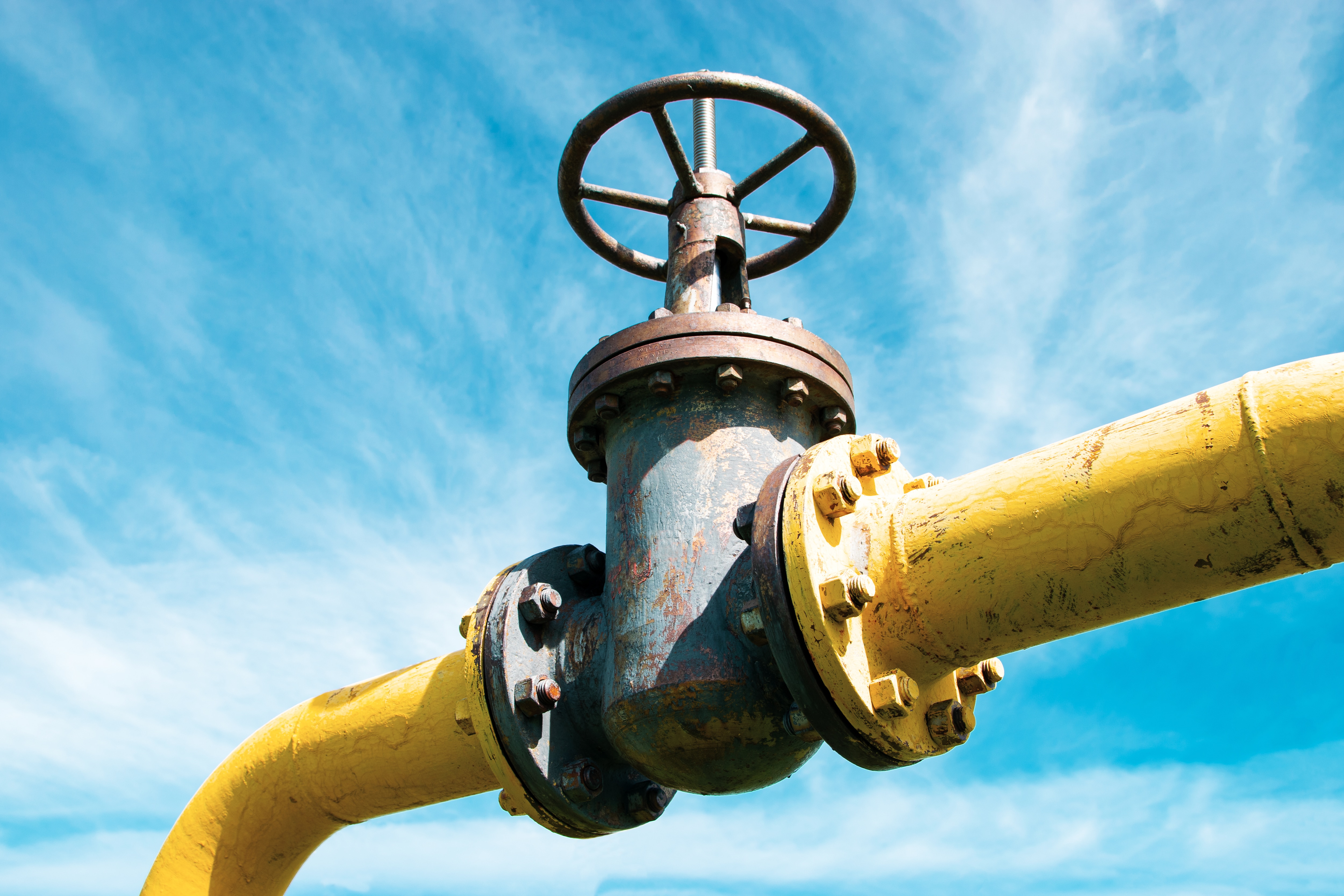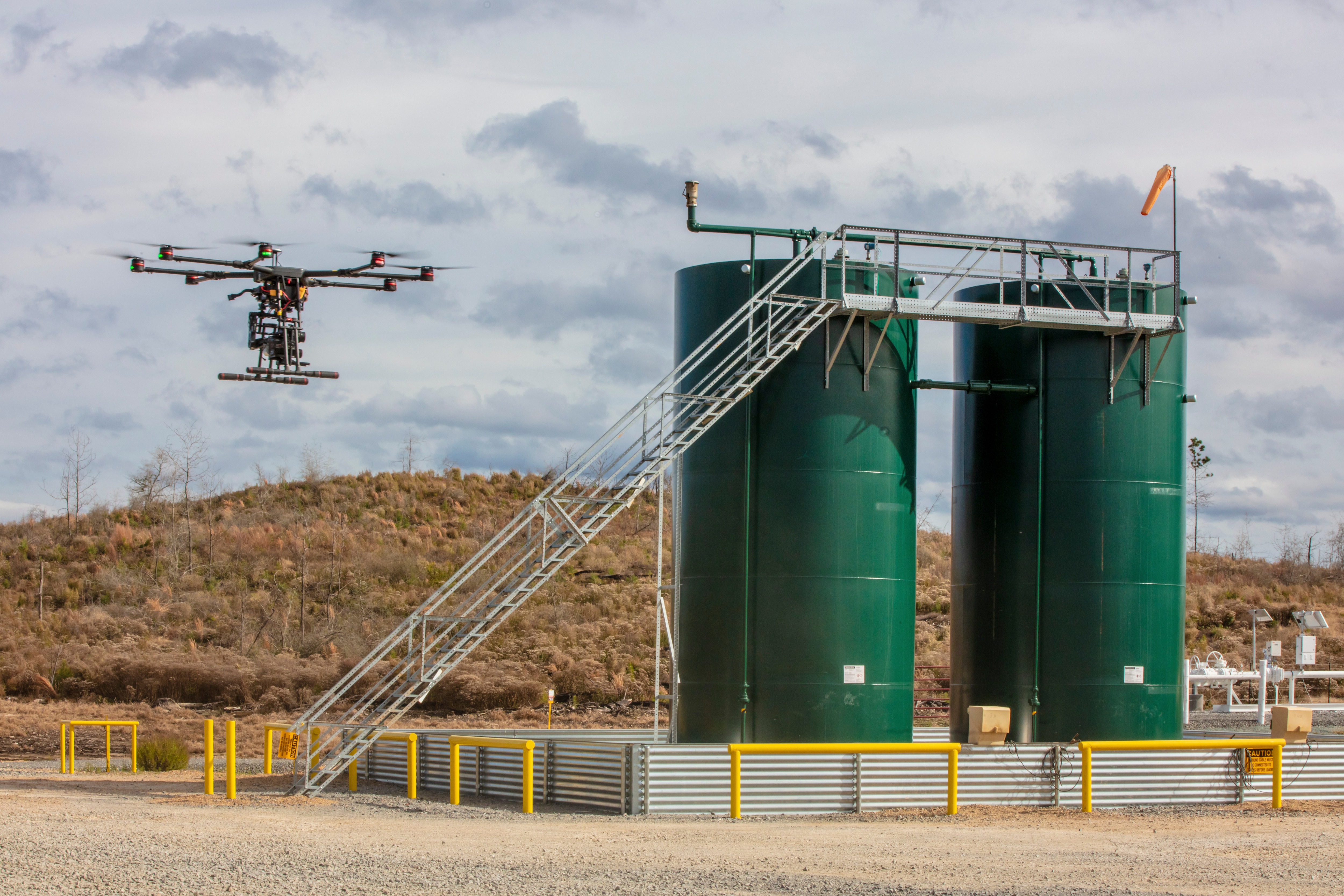Natural Gas Leaks and their Devastating Consequences for the Environment

When we think of natural gas leaks, we usually think of major damage to natural gas pipelines that leak huge amounts of natural gas into the atmosphere. Yet small leaks are just as harmful to the environment and even more dangerous. They are usually not obvious and therefore often discovered late.

In addition to significant potential damage to our climate, natural gas emissions have enormous economic impacts. Additionally, suppliers miss out on sales when the product is lost. The sooner leaks are detected, the sooner methane emissions can be stopped. Reliable measurement technology is central to this. Because the natural methane concentration is about 1.8 ppm, the detection limit of the measuring instruments must work reliably in this range. The measuring frequency is also a decisive factor for many applications.

TDLS technology is ideally suited to these requirements as an optical and non-contact measuring method. TDLS stands for "Tunable Diode Laser Spectroscopy". A narrow-band laser beam scans across the absorption lines of the corresponding gases in the infrared spectrum. Due to the narrow bandwidth, the lines can be detected individually. Cross-influence by other gases is thus ruled out.
The LGD Compact-A CH4 laser gas detector offers TDLS technology and an extremely robust design. This eliminates the need for regular calibration or maintenance which makes metrological monitoring for methane leaks attractive for plant operators. The low initial costs of the LGD Compact are quickly compensated for by the methane saved. This benefits both plant operators and our environment and climate.